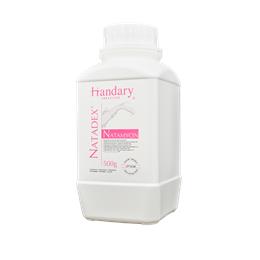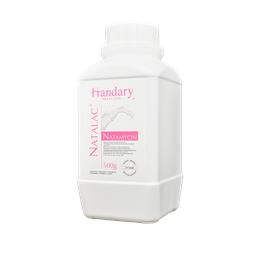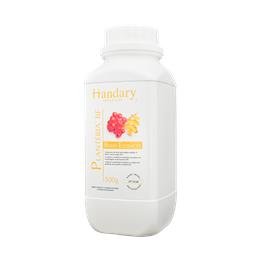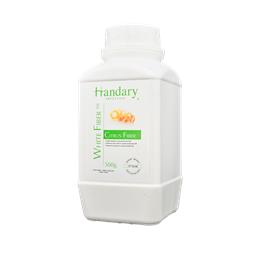Description
Ice cream and sorbet are both frozen desserts that are enjoyed around the world. Both ice cream and sorbet can be served in a variety of ways, such as in cones, cups, or as a topping for cakes or pies. They are also commonly used in milkshakes, smoothies, and other desserts.
While ice cream and sorbet are delicious treats, they should be consumed in moderation as they can be high in sugar and calories. It's important to read the labels and choose varieties that are lower in fat and added sugars.
Yeasts & Molds
Xerophilic yeasts and molds are types of microorganisms that thrive in low-moisture environments and can cause spoilage in foods such as ice creams and sorbets. These microorganisms are typically found in ingredients used in these products, such as fruits, nuts, and chocolate.
To prevent the growth of xerophilic yeasts and molds in ice creams and sorbets, manufacturers typically use pasteurization to kill any microorganisms present in the ingredients. They may also use preservatives or other antimicrobial agents to prevent spoilage.
Overall, preventing the growth of xerophilic yeasts and molds in ice creams and sorbets requires a combination of proper ingredient handling, production practices, and storage conditions.
Melting Resistance & Firmness
Melting resistance and firmness are two important properties of ice cream and sorbet that can affect their overall quality and consumer appeal.
Melting resistance refers to the ability of the product to resist melting and maintain its shape when exposed to heat or moisture. To improve melting resistance, manufacturers may use stabilizers, such as cellulose gum or carrageenan, which help to prevent ice crystal formation and maintain a smooth texture. They may also use higher fat or sugar content, which can help to slow down melting.
Firmness, on the other hand, refers to the hardness or softness of the product. It is affected by the amount of fat, sugar, and air incorporated into the mix during production. To improve firmness, manufacturers may use emulsifiers, such as lecithin, which help to create a stable emulsion and prevent the separation of fat and water.
Overall, achieving the right balance of melting resistance and firmness is crucial to creating a high-quality ice cream or sorbet. This requires careful selection of ingredients, precise formulation, and proper processing techniques. Manufacturers may also conduct sensory testing and consumer research to ensure that their products meet consumer expectations for texture and overall quality.
 English
English 简体中文
简体中文 Français
Français Español
Español



